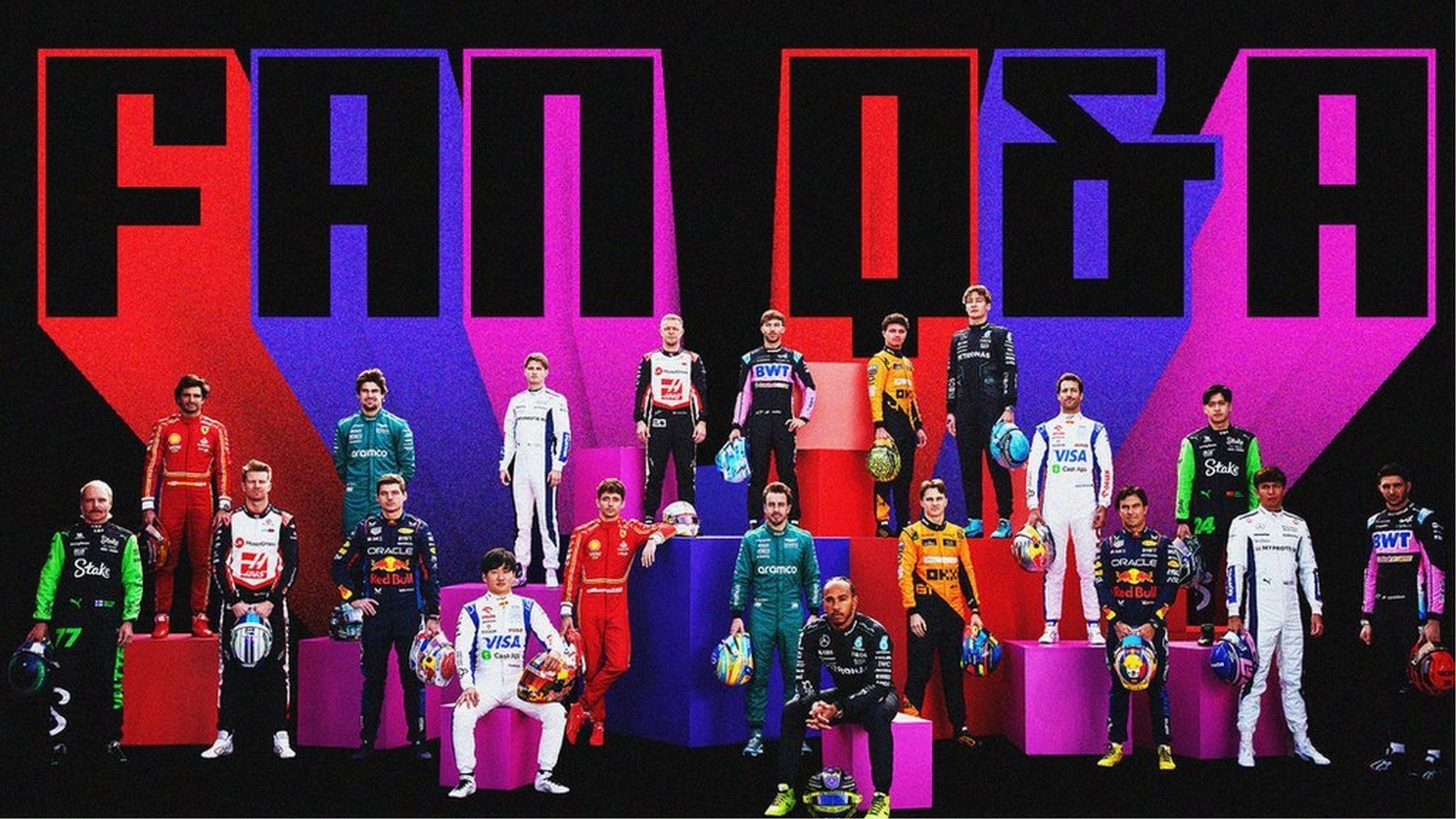
Formula 1 is taking its summer break, but our correspondent Andrew Benson is still answering your questions…
Read on for Andrew’s answers about which F1 races might drop off the calendar and whether teams should sacrifice this year and 2025 to prepare for the new regulations in 2026.
Is there any new country that is being seriously considered for holding a grand prix? If it is, which grand prix is most vulnerable? – Park
Thailand and South Korea are both under serious consideration for a date. And F1 is keen to hold a race in Africa. Attempts to find an agreement to return to Kyalami in South Africa foundered a couple of years ago, but F1 president Stefano Domenicali says he is evaluating a “serious” bid from Rwanda.
The obvious race to fall off the calendar would be the Emilia Romagna Grand Prix, as the second event in Italy.
But there has also been talk of rotating some of the European races – for example, Belgium and the Netherlands taking it in turns to host year to year.
And Canada is under serious threat even for next year because the organisation is considered to have fallen below standards in recent years, and Montreal is under pressure to improve that.
Even Silverstone needs to be careful – it was the scene of traffic chaos again this year, bringing back bad memories from the past. There were problems leaving the track on both Friday and Sunday, and many senior F1 figures and media were caught up in jams for hours.
F1 was not happy at all, and wants to make sure that does not happen again.
We hear a lot about the “track rubbering in”, but what exactly is this? And why does it seem to improve so much in the last few laps of Q3? – Ian
“Rubbering in” is when rubber from the tyres is laid on the racing line by cars driving on it. So, as the tyres wear down, that rubber sticks to the track.
Because rubber sticks to rubber better than it does to stone, this gives the track more grip. And the more cars run on it, the grippier it gets.
That’s one reason why lap times improve through qualifying. As the cars do more and more laps, more rubber goes down, and the cars have more grip. This is what drivers and teams mean by “the track got faster/improved”.
But there are other reasons the times come down through qualifying. For example, the drivers get faster, too, as they hone their approach and get closer to the perfect lap, and take more risks to try for the best grid position.
Do teams seek drivers with similar styles for consistency, or different ones to explore varied car development pathways? – Chris
A team would hardly ever factor in driver preference in terms of style and car-handling in their choices over who to sign. They are mainly looking for the quickest driver they can find.
Occasionally, other factors come into play, such as team harmony.
For example, the possibility of internal friction is one of the reasons Red Bull shied away from signing Carlos Sainz alongside Max Verstappen for 2025, even though he was obviously the most competitive driver available. Whether Sergio Perez ends up keeping his seat after a series of weak races – either for the rest of this season, or into next year – is a different matter.
Another decisive factor would be money – especially for smaller teams. Second drivers at back-of-the-grid teams often have to come with sponsorship that benefits the team’s bottom line to secure their position.
And then there is the situation at Aston Martin, where Lance Stroll is in the car because his father owns the team.
With the field likely to shift around in 2026, should teams like Ferrari or McLaren sacrifice this year and 2025 and focus on 2026 to win? – Liam
All teams are wrestling with the trade-off between 2025 and 2026, and have been for some time.
The 2026 regulations are such a massive change – with new rules for both chassis and engine – that teams will inevitably have to balance resource between the two projects.
They are helped in this by the fact the FIA has forbidden teams from starting work on the aerodynamics of their 2026 cars until 1 January 2025. But there is still a mountain of work to do on the structural and mechanical aspects before then.
There is no reason why McLaren or Ferrari should be singled out, though. McLaren are a front-running team – arguably the front-running team – and Ferrari can never afford not to be competitive.
Neither is likely to completely abandon their 2025 projects when they are in that situation. McLaren believe they can be world champions next year.
The teams more likely to do that would be further down the grid, who are uncompetitive but see 2026 as an opportunity to move forward, such as Williams, Alpine, Haas and Sauber.
For Sauber, 2026 is especially important because that’s the year they morph officially into the Audi factory team.
Of course, the top teams will also be working to ensure they are in as competitive a position as possible for 2026. But that doesn’t mean abandoning this year or next.
